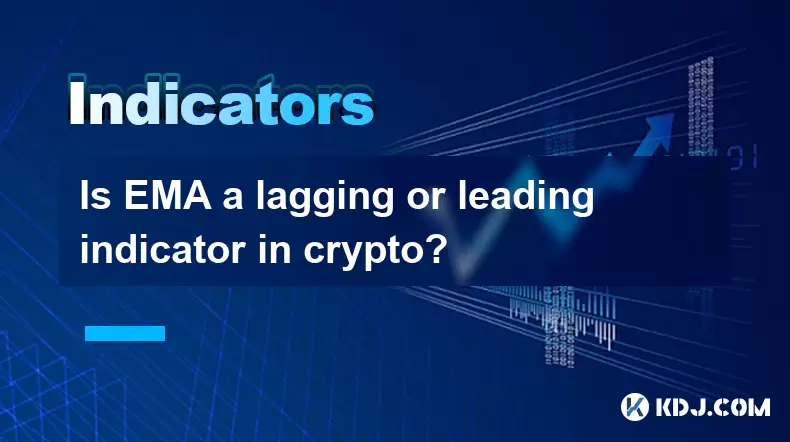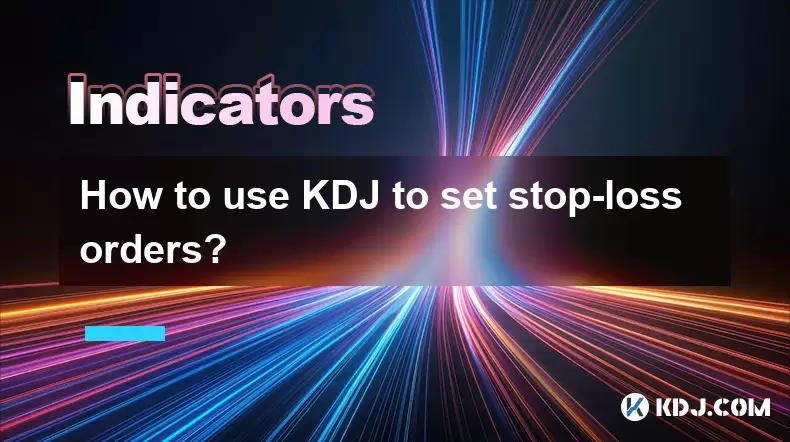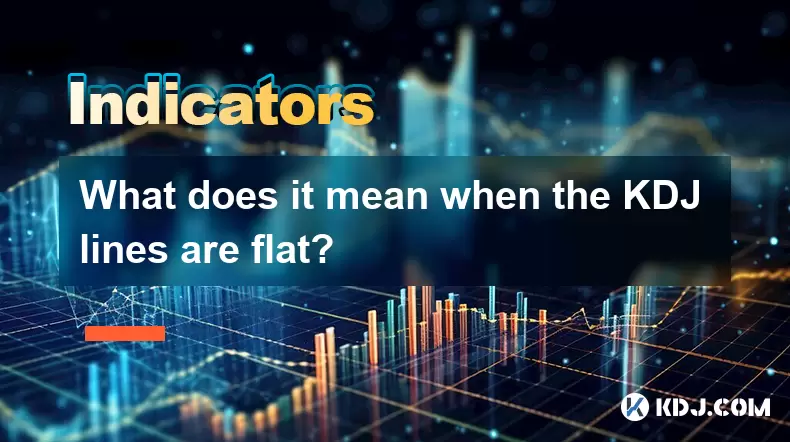-
 Bitcoin
Bitcoin $114700
-3.36% -
 Ethereum
Ethereum $3619
-6.51% -
 XRP
XRP $2.926
-7.66% -
 Tether USDt
Tether USDt $0.9998
-0.02% -
 BNB
BNB $768.6
-4.90% -
 Solana
Solana $168.2
-7.52% -
 USDC
USDC $0.9999
0.00% -
 Dogecoin
Dogecoin $0.2045
-9.02% -
 TRON
TRON $0.3243
-0.27% -
 Cardano
Cardano $0.7208
-8.45% -
 Hyperliquid
Hyperliquid $39.74
-9.17% -
 Stellar
Stellar $0.3882
-8.79% -
 Sui
Sui $3.481
-11.93% -
 Chainlink
Chainlink $16.52
-9.04% -
 Bitcoin Cash
Bitcoin Cash $556.7
-4.79% -
 Hedera
Hedera $0.2444
-11.40% -
 Avalanche
Avalanche $21.96
-8.51% -
 Ethena USDe
Ethena USDe $1.001
-0.02% -
 UNUS SED LEO
UNUS SED LEO $8.950
0.15% -
 Toncoin
Toncoin $3.425
-2.33% -
 Litecoin
Litecoin $104.4
-5.94% -
 Shiba Inu
Shiba Inu $0.00001212
-7.49% -
 Polkadot
Polkadot $3.630
-6.98% -
 Uniswap
Uniswap $9.165
-10.12% -
 Monero
Monero $306.8
-3.10% -
 Dai
Dai $0.9999
-0.01% -
 Bitget Token
Bitget Token $4.360
-3.43% -
 Pepe
Pepe $0.00001049
-9.59% -
 Cronos
Cronos $0.1352
-8.67% -
 Aave
Aave $256.5
-8.03%
Is EMA a lagging or leading indicator in crypto?
The EMA is a lagging indicator that prioritizes recent prices, making it more responsive than SMA, but it still relies on past data and cannot predict future price movements.
Jul 30, 2025 at 06:49 pm

Understanding EMA in Cryptocurrency Trading
The Exponential Moving Average (EMA) is a widely used technical analysis tool in the cryptocurrency market. Unlike the Simple Moving Average (SMA), which assigns equal weight to all data points in a specified period, the EMA gives greater weight to recent price data. This design makes it more responsive to new information, which is crucial in the fast-moving crypto space. Traders use EMA to identify potential trend directions, support and resistance levels, and entry or exit points. Because it emphasizes current prices, many believe it reduces lag compared to other moving averages. However, the debate persists: is EMA truly a leading indicator, or does it still behave as a lagging indicator?
What Defines a Lagging Indicator?
A lagging indicator is derived from past price data and confirms trends only after they have begun. These indicators are useful for validating market movements but cannot predict future price changes. Most moving averages, including EMA, fall into this category because they are calculated using historical closing prices. For instance, a 10-day EMA incorporates the last 10 closing prices of a cryptocurrency like Bitcoin or Ethereum. Even with its emphasis on recent data, the EMA cannot react before the price moves. Therefore, any signal it generates—such as a crossover or trend line break—occurs after the price action has already taken place. This inherent delay qualifies EMA as fundamentally lagging in nature.
Why EMA Feels More Responsive Than SMA
Despite being a lagging indicator, the EMA appears more responsive due to its mathematical structure. The formula for EMA includes a smoothing factor that amplifies the impact of the most recent price. The calculation steps are as follows:
- Calculate the SMA for the initial EMA value.
- Determine the smoothing factor (multiplier): (2 / (number of periods + 1)).
- Apply the formula: EMA = (Close - Previous EMA) × Multiplier + Previous EMA.
For example, in a 12-period EMA, the multiplier is (2 / (12 + 1)) = 0.1538. This means the latest closing price contributes approximately 15.38% to the current EMA value, significantly more than in an SMA where each day contributes only 8.33%. This responsiveness gives traders the impression that EMA leads price movements, but in reality, it only reduces the degree of lag, not eliminates it.
Common EMA Strategies in Crypto Trading
Traders apply EMA in various ways to interpret market trends. One popular method is the EMA crossover strategy, which involves two EMAs: a short-term and a long-term one. Typical combinations include: - 9-day and 21-day EMA
- 12-day and 26-day EMA
- 50-day and 200-day EMA
When the shorter EMA crosses above the longer one, it generates a bullish signal (golden cross). Conversely, a cross below indicates a bearish signal (death cross). Another technique is using a single EMA as a dynamic support or resistance level. For instance, during an uptrend, the 21-day EMA often acts as support. If the price bounces off this line, traders may interpret it as a continuation signal. However, each of these signals forms after the price has already moved, reinforcing the EMA’s lagging character.
Can EMA Be Used as a Leading Tool?
While EMA is mathematically a lagging indicator, traders sometimes combine it with other tools to create quasi-leading signals. For example, pairing EMA with volume analysis or momentum oscillators like the Relative Strength Index (RSI) can enhance predictive accuracy. If the price approaches the 50-day EMA with declining volume and RSI showing oversold conditions, a reversal might be anticipated before the EMA crossover occurs. Another method involves monitoring the slope of the EMA line. A flattening or steepening slope can hint at weakening or strengthening momentum before a crossover. However, these interpretations still rely on past data and pattern recognition, not foresight. Thus, EMA does not become a leading indicator through these combinations—it merely improves context.Limitations of EMA in Volatile Crypto Markets
Cryptocurrency markets are known for their high volatility and sudden price swings, which can distort EMA signals. During sideways or choppy markets, EMAs generate false crossovers that lead to whipsaw losses. For example, Bitcoin might fluctuate around its 20-day EMA without establishing a clear trend, causing repeated buy/sell signals. Additionally, major news events or exchange outages can cause price gaps that make EMA temporarily unreliable. Traders must apply filters such as: - Waiting for closing confirmation beyond the EMA
- Using multiple timeframes (e.g., checking 4-hour and daily charts)
- Incorporating price action patterns like engulfing candles
Without such filters, relying solely on EMA can result in poor timing and losses.
Frequently Asked Questions
Q: Can EMA predict exact entry and exit points in crypto trading?
No, EMA cannot predict exact entry or exit points. It provides trend-based guidance based on historical prices. Entry and exit decisions should incorporate additional confirmation from volume, candlestick patterns, or other indicators to improve accuracy.Q: Is a shorter EMA always better for crypto due to its volatility?
Not necessarily. While shorter EMAs like the 9-day or 12-day react faster, they are also more prone to false signals during consolidation phases. Traders often balance responsiveness and reliability by combining short and long EMAs or adjusting periods based on market conditions.Q: How do I calculate EMA manually for a cryptocurrency like Ethereum?
To calculate a 10-day EMA for Ethereum:- Start with the 10-day SMA as the first EMA value.
- Use the multiplier: (2 / (10 + 1)) = 0.1818.
- For each subsequent day: EMA = (Current Close - Previous EMA) × 0.1818 + Previous EMA.
Repeat this process daily to maintain the series.
Q: Does EMA work the same across all cryptocurrencies?
EMA functions identically in calculation across all cryptos, but its effectiveness varies. High-market-cap coins like Bitcoin and Ethereum tend to follow EMA trends more reliably due to stronger liquidity. Low-cap altcoins with erratic price movements may generate misleading signals, requiring stricter confirmation methods.
Disclaimer:info@kdj.com
The information provided is not trading advice. kdj.com does not assume any responsibility for any investments made based on the information provided in this article. Cryptocurrencies are highly volatile and it is highly recommended that you invest with caution after thorough research!
If you believe that the content used on this website infringes your copyright, please contact us immediately (info@kdj.com) and we will delete it promptly.
- Australia vs Lions: Unleashing Betting Offers and Free Bets for the Thrilling Finale
- 2025-08-01 16:30:11
- Bitcoin, Satoshi, and the Echoes of Ancient Wisdom in DeFi
- 2025-08-01 16:50:12
- ONDO Tokens: Could They Mint the Next Crypto Millionaires?
- 2025-08-01 16:30:11
- Satoshi, Meme Coins, and Substance: A New Era?
- 2025-08-01 16:50:12
- Decoding the Roar: Australia, the Lions, and the Betting Odds
- 2025-08-01 16:55:48
- Bitcoin Price Plummets Amid Trump Tariffs: A Market Sell-Off Deep Dive
- 2025-08-01 16:55:48
Related knowledge

How do I secure my private key?
Aug 01,2025 at 05:14pm
Understanding the Importance of Private Key SecurityYour private key is the most critical component of your cryptocurrency ownership. It is a cryptogr...

How does the KDJ indicator apply to decentralized finance (DeFi) tokens?
Aug 01,2025 at 04:43pm
Understanding the KDJ Indicator in Technical AnalysisThe KDJ indicator is a momentum oscillator derived from the Stochastic Oscillator, widely used in...

What is the difference in KDJ signal interpretation between a trending and a ranging market?
Aug 01,2025 at 03:56pm
Understanding the KDJ Indicator in Cryptocurrency TradingThe KDJ indicator is a momentum oscillator widely used in cryptocurrency trading to identify ...

Does the KDJ indicator work well for low-liquidity crypto assets?
Aug 01,2025 at 02:01pm
Understanding the KDJ Indicator in Cryptocurrency TradingThe KDJ indicator is a momentum oscillator derived from the Stochastic Oscillator, widely use...

How to use KDJ to set stop-loss orders?
Aug 01,2025 at 04:28pm
Understanding the KDJ Indicator in Cryptocurrency TradingThe KDJ indicator is a momentum oscillator widely used in technical analysis within the crypt...

What does it mean when the KDJ lines are flat?
Aug 01,2025 at 03:22pm
Understanding the KDJ Indicator in Cryptocurrency TradingThe KDJ indicator is a momentum oscillator widely used in cryptocurrency technical analysis t...

How do I secure my private key?
Aug 01,2025 at 05:14pm
Understanding the Importance of Private Key SecurityYour private key is the most critical component of your cryptocurrency ownership. It is a cryptogr...

How does the KDJ indicator apply to decentralized finance (DeFi) tokens?
Aug 01,2025 at 04:43pm
Understanding the KDJ Indicator in Technical AnalysisThe KDJ indicator is a momentum oscillator derived from the Stochastic Oscillator, widely used in...

What is the difference in KDJ signal interpretation between a trending and a ranging market?
Aug 01,2025 at 03:56pm
Understanding the KDJ Indicator in Cryptocurrency TradingThe KDJ indicator is a momentum oscillator widely used in cryptocurrency trading to identify ...

Does the KDJ indicator work well for low-liquidity crypto assets?
Aug 01,2025 at 02:01pm
Understanding the KDJ Indicator in Cryptocurrency TradingThe KDJ indicator is a momentum oscillator derived from the Stochastic Oscillator, widely use...

How to use KDJ to set stop-loss orders?
Aug 01,2025 at 04:28pm
Understanding the KDJ Indicator in Cryptocurrency TradingThe KDJ indicator is a momentum oscillator widely used in technical analysis within the crypt...

What does it mean when the KDJ lines are flat?
Aug 01,2025 at 03:22pm
Understanding the KDJ Indicator in Cryptocurrency TradingThe KDJ indicator is a momentum oscillator widely used in cryptocurrency technical analysis t...
See all articles

























































































